Related Research Articles

Georg von Peuerbach was an Austrian astronomer, poet, mathematician and instrument maker, best known for his streamlined presentation of Ptolemaic astronomy in the Theoricae Novae Planetarum. Peuerbach was instrumental in making astronomy, mathematics and literature simple and accessible for Europeans during the Renaissance and beyond.
This article is a list of the literary events and publications in the 15th century.
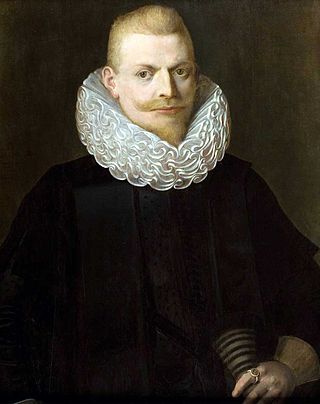
Franco Petri Burgersdijk, or Franciscus Burgersdicius, was a Dutch logician who worked as a professor of logic and moral philosophy and rector at Leiden University. Franco Burgersdijk's teaching helped raise the profile of logic and philosophy in Dutch universities.

Johannes de Sacrobosco, also written Ioannes de Sacro Bosco, later called John of Holywood or John of Holybush, was a scholar, monk, and astronomer who taught at the University of Paris.

De sphaera mundi is a medieval introduction to the basic elements of astronomy written by Johannes de Sacrobosco c. 1230. Based heavily on Ptolemy's Almagest, and drawing additional ideas from Islamic astronomy, it was one of the most influential works of pre-Copernican astronomy in Europe.
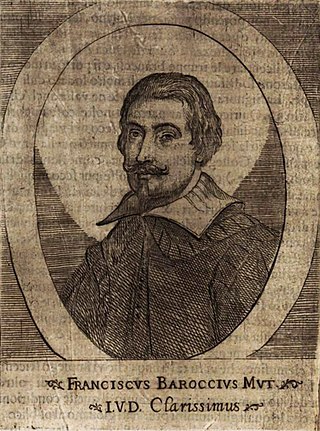
Francesco Barozzi, in Latin Franciscus Barocius, was an Italian mathematician, astronomer and humanist.
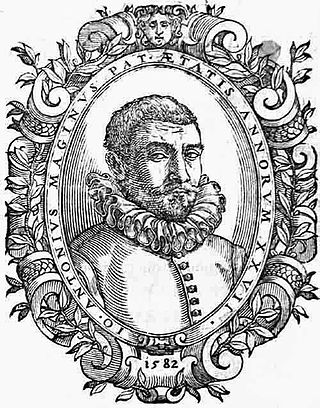
Giovanni Antonio Magini was an Italian astronomer, astrologer, cartographer, and mathematician.

Oronce Fine was a French mathematician, cartographer, editor and book illustrator.
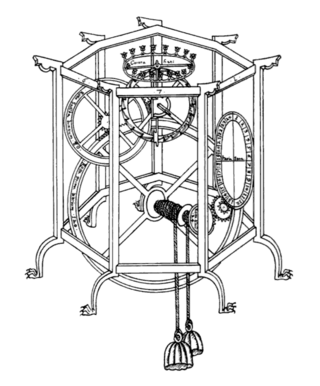
Giovanni Dondi dell'Orologio, also known as Giovanni de' Dondi, was an Italian physician, astronomer and mechanical engineer in Padua, now in Italy.
Giuseppe Moletti (1531–1588) was an Italian mathematician best known for his Dialogo intorno alla Meccanica. Though an obscure figure today, he was a renowned mathematician during his lifetime, and was even consulted by Pope Gregory XIII on his new calendar.
Mattithiah ben Solomon Delacrut was a Polish-Jewish scholar; he lived in the middle of the 16th century.

Erasmus Oswald Schreckenfuchs (1511–1579) was an Austrian humanist, astronomer and Hebraist.

John of Głogów was a notable Polish polyhistor at the turn of the Middle Ages and Renaissance—a philosopher, geographer and astronomer at the University of Krakow.

Matteo Capcasa was a printer and typographer from Parma, in Emilia in central Italy, which at that time was subject to the Duchy of Milan. He was active as a book printer and typographer in Venice from 1485, when he printed a Vocabularium utriusque iuris and an anonymous Fior di virtù. His workshop was in San Paterniano, where he worked with his brother Giovanni.
The Diocese of Umbriatico was a Roman Catholic diocese located in the town of Umbriatico in the province of Crotone in southern Italian region of Calabria. In 1818, it was suppressed with the bull De utiliori of Pope Pius VII, and incorporated in the diocese of Cariati.

Pedro Sánchez Ciruelo was a Spanish philosopher, theologian, mathematician, astrologer, astronomer and writer on topics of natural philosophy.
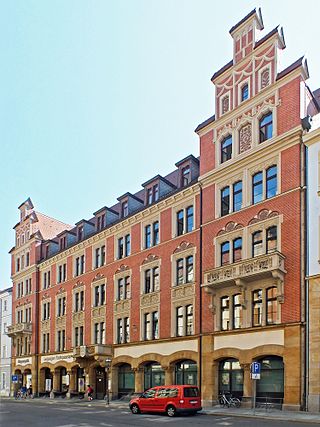
Conrad Tockler (1470–1530) is best known for being a writer, physician, and professor.
André do Avelar also known as "Andre dauellar" was an author and professor who published astronomical works at the University of Coimbra. His works sought to explain astronomy, astrology, and the calendar year to the people of Lisbon. Despite his esteem he would later be sentenced to life in prison by the Inquisition as he was accused of being a Judaizer.
Johannes Paulus Lauratius de Fundis was a medieval astronomer and professor of astrology in Bologna. He is known for several manuscript works including Tractatus reprobationis eorum que scripsit Nicolaus Orrem (1451) and Nova theorica planetarum.
References
- 1 2 Nenci, Elio (2020), Valleriani, Matteo (ed.), "Francesco Capuano di Manfredonia" (PDF), De sphaera of Johannes de Sacrobosco in the Early Modern Period, Cham: Springer International Publishing, pp. 91–110, doi: 10.1007/978-3-030-30833-9_4 , ISBN 978-3-030-30832-2 , retrieved 2023-04-09
- 1 2 3 4 5 6 7 Valeriani, Matteo (2020). De Sphaera of Johannes de Sacrobosco in the Early Modern Period: The Authors of the Commentaries. Springer: Berlin. pp. 91–110. ISBN 978-3-030-30832-2.
- ↑ "Treccani, il portale del sapere". www.treccani.it (in Italian). Retrieved 2023-04-10.
- 1 2 Shank, Michael H. (2009), "Setting up Copernicus? Astronomy and Natural Philosophy in Giambattista Capuano da Manfredonia's Expositio on the Sphere", Early Science and Medicine, 14 (1–3): 290–315, doi:10.1163/157338209X425597
- ↑ Boner, Patrick J. (2010), Change and Continuity in Early Modern Cosmology, Archimedes Series, vol. 27, Springer, p. 14, ISBN 94-007-0036-9
- ↑ Marcus, Manilus (1674). The Sphere of Marcus Manilus Made an English Poem. Ghent University: Nathanael Brooke. p. 42.
- ↑ Valeriani, Matteo (2020). De Sphaera of Johannes de Sacrobosco in the Early Modern Period: The Authors of the Commentaries. Springer: Berlin. pp. 91–110. ISBN 978-3-030-30832-2.
- ↑ Gazetteer of Planetary Nomenclature, USGS , retrieved 2011-10-31